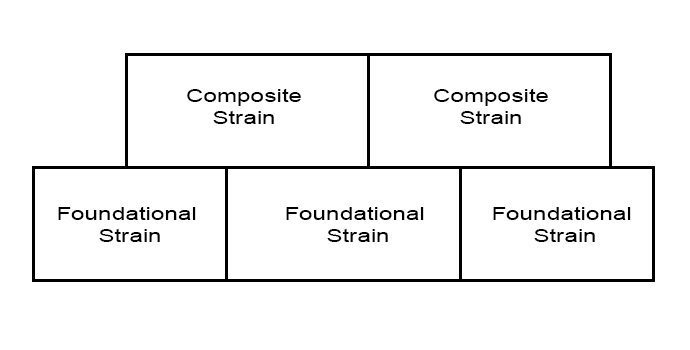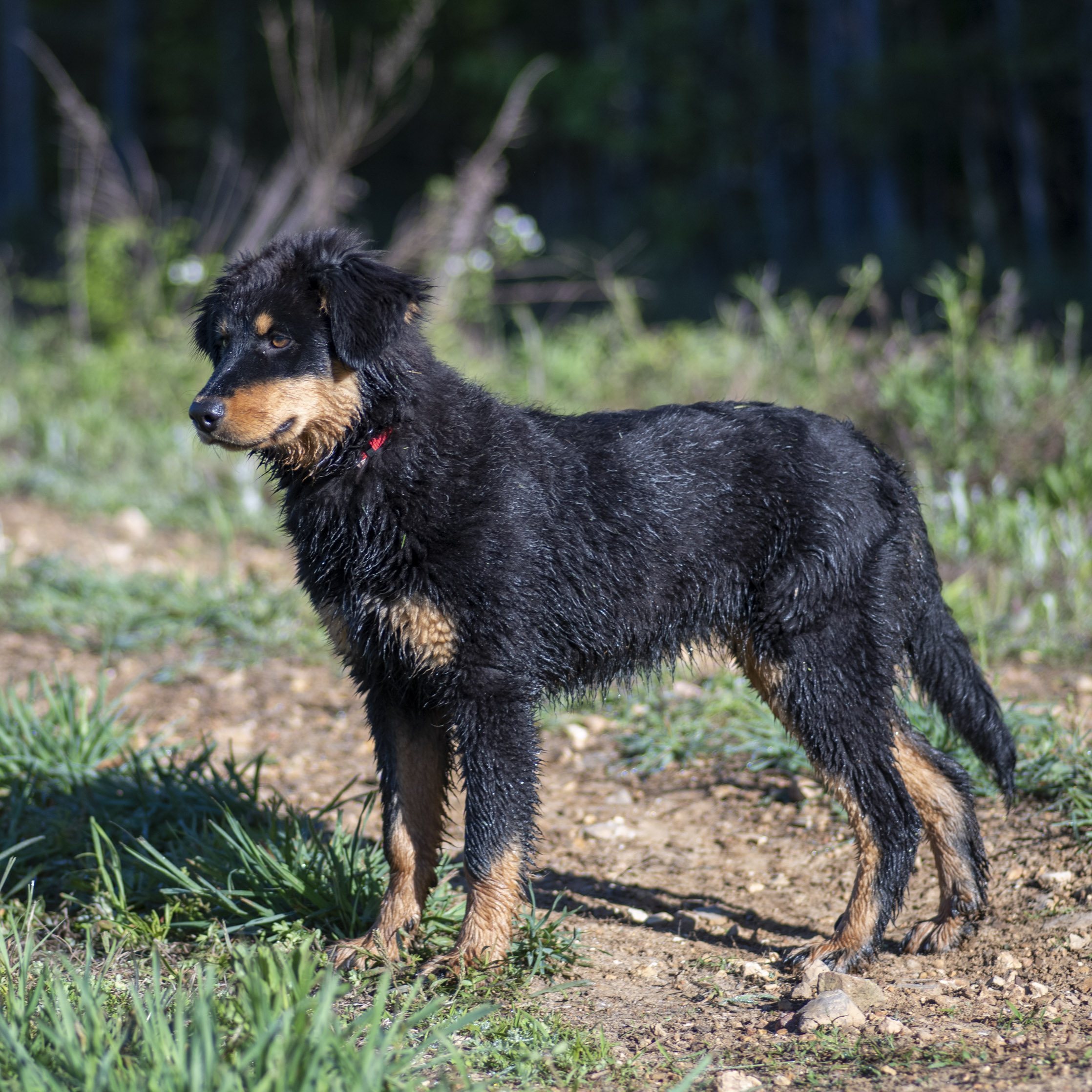Back when I was in my early twenties, I went on a camping trip and made some friends. One night when we were sitting around the campfire, the discussion led to how many states there were in the United States. This was in the days before smart phones, so there was no way to lookup these things way out in the woods. Surprised that the topic even arose, I immediately asserted that the U.S. has 50 states. A fact I had learned from a young child. But, the other 5 campers came to the conclusion that the U.S. had only 48 states. I went to bed frustrated but enlightened that evening. I was frustrated that during the discussion, I could not prove I was right. But more importantly, I was enlightened by the realization that even though an individual may be correct, a group of people who are wrong can overrule him. Those five people all went to bed that night thinking 48 was the correct answer. I’ve often wondered if any of them ever looked it up and realized they were wrong. Probably not.
A unique history has shaped each dog breed into its current form. Breed history must, to the extent possible, be transparent and reliable. The origins of many breeds are obscure and shrouded in mystery. It is all too common to hear claims that some breed originated in the mists of time, or hear some commonly held but unprovable (and thus undeniable) story of breed origin. These stubborn fictions can find a way to continue existing year after year, even in the face of clearly documented history which contradicts the popular belief.
If you’ve been around the English shepherd breed for long, you’ve no doubt heard the term landrace. You’ve probably read or been told that English shepherds are a landrace breed. But, what does that really mean? Scientifically, landrace means that the breed is organized into composited strains of mixed genetic material that rest upon foundational strains of more pure genetic materials. Visually, the organizational structure of a landrace looks something like a ranch house with a basement. The composite strains live upstairs, on top of the foundational strains.

It is almost a certainty that your English shepherd is of a composite strain. In all likelihood, your breeder pairs composite dogs and breeds at the composite strain level. Foundational strain breeders have become nearly non-existent, as have the dogs they would breed. To my knowledge, the only foundational strain of English shepherd which still exists today is the Old-fashioned Black and Tan English Shepherds bloodline. When paired, these dogs still breed “true”, black and tan.[1]The Black and Tan has a well defined black coat with tan trim, which appears on the cheeks as “shepherd spots,” over the eyes, as a broad chest bar, on the front legs as stockings up to … Continue reading A fact that creates confusion among even the most experienced of English shepherd breeders and owners. That’s because black and tan dogs exist in both the composite strain level and the foundational strain level. The latter are rare and become rarer every day. But we have a documented history of these dogs’ existence. And I live near the epicenter of where these dogs come from. I see their remnants here.
This online magazine, my breeding program, and my research focus on sustaining the Tennessee foundational line. Both in breeding and in research, I use science-based best practices[2]Managing Breeds for a Secure Future: Strategies for Breeders and Breed Associations 2nd Edition by Phillip Sponenberg, Alison Martin, and Jeannette Beranger, and cite references for my assertions.
By the way, Hawaii became the 50th state of these United States on August 21, 1959.
References
| ↑1 | The Black and Tan has a well defined black coat with tan trim, which appears on the cheeks as “shepherd spots,” over the eyes, as a broad chest bar, on the front legs as stockings up to just above the knees, inside the hind legs, on the feet, under the tail and inside the ears. A Black and Tan may have white on the chest. If any white appears in the trim areas, the dog is not a Black and Tan, but is defined as a Black, Tan and White (tri-color)., UKC English Shepherd Breed Standard, Revised May 1, 2017 |
|---|---|
| ↑2 | Managing Breeds for a Secure Future: Strategies for Breeders and Breed Associations 2nd Edition by Phillip Sponenberg, Alison Martin, and Jeannette Beranger |

